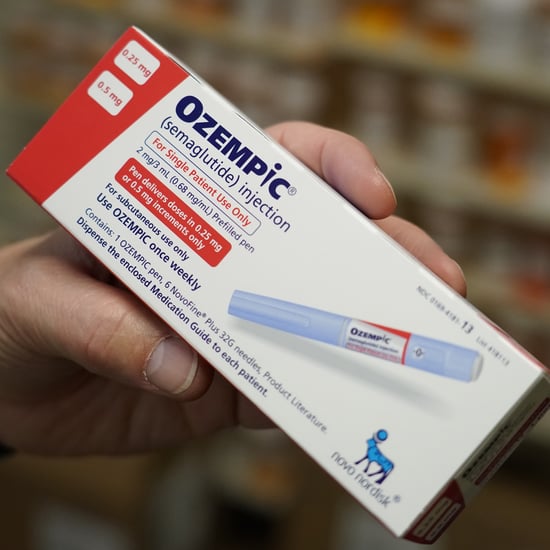Can the Glycemic Index Help You Lose Weight?
Is the Glycemic Index Bullsh*t? These Experts Explain Why You Shouldn't Rely on It

It's no surprise that simple sugars and refined carbs aren't great for weight loss; they are usually filled with empty calories and can spike your blood sugar, which can leave you feeling hungrier later and even prompt weight gain. It makes sense, then, to focus on foods that won't spike your blood sugar, which is where the glycemic index (GI) comes in.
The glycemic index is a ranking of carbohydrate-rich foods based on how they affect blood glucose levels. They are ranked on a scale from 0 to 100, which indicates how much a single food containing 50 grams of carbs (not including the fibre) raises your blood sugar compared to 50 grams of pure glucose, which has a GI score of 100, explained Jill Weisenberger, MS, RDN, CDE, author of Prediabetes: A Complete Guide.
The higher the ranking in on the glycemic index, the quicker it will raise blood sugar. A food that's 55 or less on the glycemic index is considered "low," foods that are 56 to 69 are considered "moderate," and any food over 70 is considered "high" on the glycemic index. The problem with the glycemic index is that some foods that would be considered healthy, including many fruits, are ranked higher on the index than decidedly unhealthy foods, such as soda, chocolate, and potato chips.
But while the glycemic index doesn't take into consideration the serving size of the food, the glycemic load (GL) does; the glycemic load considers the glycemic index plus the actual amount of food you eat. You can calculate the glycemic load by multiplying the glycemic index by the grams of carbohydrates eaten, and divide that total by 100, explained Jill.
A glycemic load above 20 is considered high, 11 to nine is average, and below 11 is considered low. So while the glycemic index of watermelon, for example, is pretty high (76), the glycemic load is much lower: 3.6.
Understanding the glycemic load of foods can be helpful for those manageing diabetes, Jill said. It can help control blood sugar, but it shouldn't be the primary meal tool; she suggests using it in conjunction with others such as carb counting.
In terms of losing weight, glycemic index and glycemic load are a little trickier. "The actual GI of an individual food, consumed by an individual person, varies by the person's age, body mass index, serum triglycerides, insulin index, A1c, and other factors," Amy Margulies, RD, CDE, LDN, told POPSUGAR.
The glycemic index also doesn't consider the nutritional value of most foods.
"Fruit is filled with vitamins, nutrients, and fibre and does not compare to soda, as far as complete nutritional value, regardless of an estimated GL," Amy said.
In general, she recommends replacing refined carbohydrates, such as white bread, white rice, and simple sugars, with whole grains, fruits, vegetables, and legumes for weight loss.
Bottom line: "The use of the GI as a method for either weight loss or weight maintenance is not currently recommended," Amy said.




